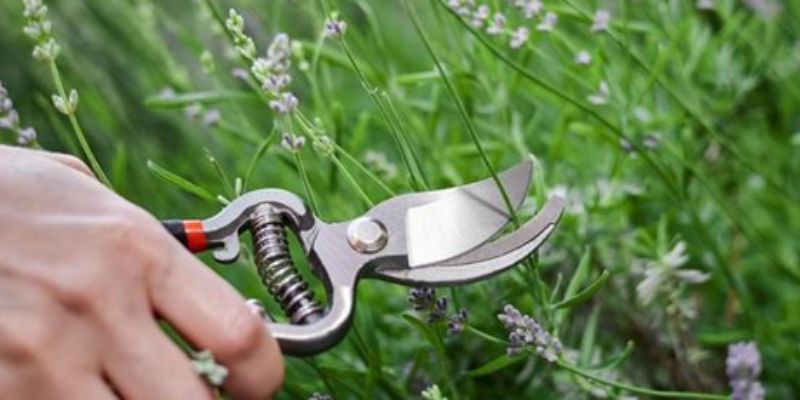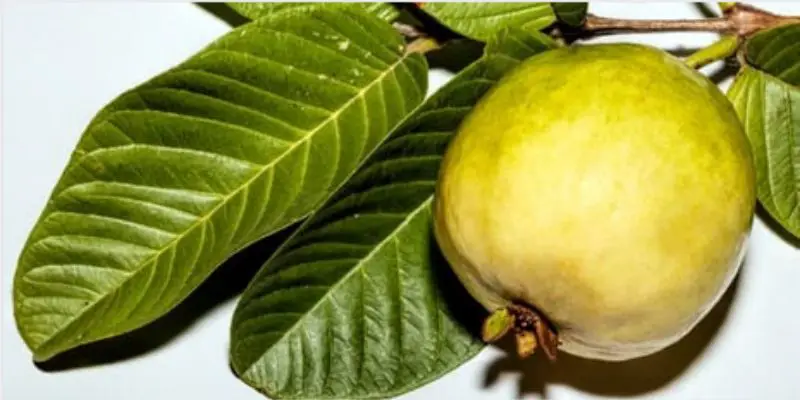Miniature roses offer all the charm of full-sized roses in a compact, manageable form. However, they still require regular pruning to maximize their prolific blooms and maintain a shapely plant. By learning how to prune miniature roses, you can keep them flowering freely and looking their best in containers or garden beds.
An Introduction to Pruning Miniature Roses
While miniature roses are smaller than their full-sized counterparts, pruning is just as essential:
- Removes old wood that blooms less freely
- Encourages new growth from the base or lateral shoots
- Controls size and shape, especially important for potted miniature roses
- Allows better light exposure and air circulation deep inside plants
- Directs growth outward for maximum flower production
- Rejuvenates old, neglected plants by hard pruning
- Maintains an open growth habit reducing disease
With their continual blooming, miniature roses thrive best with regular light pruning.
When to Prune Miniature Roses
Time pruning with the rose’s flowering habits:
- Prune repeat-blooming miniature roses just after their first flush of flowers begins fading in early summer.
- For once-blooming types, prune shortly after flowering ends to prepare for next year’s blooms.
- In cold climates, prune any remaining growth in late fall to avoid winter dieback.
- Prune damaged canes anytime to maintain plant shape.
Proper timing removes spent blooms while allowing the emergence of new buds.
Tools Needed for Pruning Miniature Roses
Having the right tools makes pruning easier and minimizes harm to plants:
- Bypass hand pruners for stems up to 0.5 inches thick
- Small bypasses loppers for thicker old wood
- Sharp, sterile bypass blades that provide clean cuts
- Pole pruners or shears to reach tops of taller plants
- Garden disinfectant for sanitizing tools
- Compass to aid proper outward directional pruning
- Garden gloves to protect hands from thorns
With quality tools, you can precisely shape miniature roses with minimal stress.
How to Prune Miniature Roses – Pruning Mature Roses
Here are tips for pruning mature, established miniature roses:
- Remove all dead, damaged or diseased stems back to healthy wood. Make cuts at a 45 degree angle just above outward facing buds.
- Identify and selectively remove older, unproductive wood to encourage new basal and lateral shoot growth.
- Shorten excessively long canes that ruin plant shape using reduction cuts made at a 45 degree angle.
- Remove inward growing stems and any crossing branches to open interior space.
- If needed, cut back entire plants by 1/3 to rejuvenate overgrown specimens.
- Continue sterilizing pruning tools between each plant to prevent disease spread.
With the proper technique, pruning reinvigorates blooming on a regular basis.
How to Prune Miniature Roses – Pruning Newly Planted Miniature Roses
Here are tips for pruning miniature roses at planting time:
- Remove any wilted or damaged stems from the nursery pot. Prepare a miniature rose for its first bloom season.
- Shorten excessively long canes by 1/3 to 1/2 their length to encourage basal branching. Make cuts at a 45 degree angle.
- Remove any weak inward-facing stems or leaves present lower on the plant.
- Spread the rose’s roots out in the planting hole and backfill with soil. Water at the base.
- As new shoots emerge through summer, selectively prune any growing toward the center.
- Avoid heavy pruning on new plants. Allow light pruning to shape growth over the first year.
With a good start, newly planted miniature roses soon produce abundant blooms.
Pruning Potted Miniature Roses
Miniature roses grown in containers require more frequent shaping:
- Prune mature potted plants up to 4 times per year to keep compact.
- Remove any water shoots growing straight up above desired height.
- Prune lateral shoots back to just above outward facing buds to encourage bushiness.
- Thin congested interior small shoots and leaves for light penetration.
- Monitor soil moisture closely after pruning and fertilize to encourage fast regrowth.
Regular pruning balances growth and blooms on potted miniature roses.
Cutting Back Leggy Miniature Roses
Leggy miniature rose stems with few leaves or flowers should be rejuvenated:
- Identify long, stiff stems lacking vigor and bloom potential.
- Hand pruners or loppers to cut each stem down to just above its point of origin.
- New shoots soon emerge from buds near the base to replace the leggy old wood.
- Once leggy stems are removed, remaining healthy stems can be selectively tipped back by 1/3 their length to renew.
- Miniature roses recover quickly from cutting back leggy growth. Just avoid overpruning the rest of the plant.
Removing leggy stems reinvigorates miniature roses with youthful vigor and blooms.
Shaping Miniature Roses with Selective Pruning
To create rounded, mounded miniature roses, prune selectively:
- Visualize the desired finished shape. Mark target height and width if desired.
- Identify specific stems that are too tall, wide or lanky to conform to the ideal shape.
- Use properly angled cuts to reduce the length of these misshapen stems by 1/3 to 1/2 or more until they match the surrounding plant. Avoid arbitrarily cutting back all stems evenly.
- Stand back periodically to check progress. Make additional selective cuts as needed.
- Finish by tip pruning healthy outward facing stems to encourage bushiness.
With pruning focused just on wayward stems, desired plant shape emerges.
Rejuvenating Overgrown, Neglected Miniature Roses
Very overgrown miniature roses bloom poorly. Here is how to renovate them:
- Begin in early spring before extensive new growth emerges.
- Remove all dead, diseased and crossing stems back to their origins or the ground.
- Use loppers or pruners to cut remaining healthy stems down to 6-10 inches above the crown.
- Water thoroughly. Apply blooming fertilizer to aid regrowth.
- As new shoots emerge, continue selectively pruning any poor shoots.
- Plants may take 1-2 seasons to fully recover, but blooming ultimately improves.
Even neglected miniature roses can regain their vigor through gradual rejuvenation pruning.
Conclusion
While miniature roses remain smaller than their larger relatives, diligent pruning is still needed to encourage continual waves of blossoms and maintain shapely plants. By pruning miniature roses at the right times, removing old wood, and practicing proper cut techniques you can keep your miniature roses flowering freely.
Pay attention to selectively shaping plants and renewing overgrown specimens. With some basic pruning skills, miniature roses provide beautiful, low-maintenance garden and container color for years on end.
Frequently Asked Questions on How to Prune Miniature Roses
How much can I prune off a miniature rose at one time?
Limit overall pruning to no more than 1/3 of the plant’s living stems. Excessive pruning delays flowering.
How low can I prune back miniature rose stems when cutting them?
Leave at least 2-3 sets of healthy leaves on the stems or prune back to 6 inches above the crown.
Should I deadhead spent miniature rose flowers one by one?
Snipping off spent blooms individually isn’t mandatory. General pruning removes them along with old stems.
Can I prune miniature rose roots like I prune their stems?
Avoid significant pruning of roots which provides their energy. Just trim clearly damaged roots when repotting.
When is the absolute latest I can prune miniature roses in winter?
Finish pruning miniature roses by early to mid fall at the latest to allow time for winter hardening of remaining wood.
Is pruning sealant helpful on miniature rose pruning cuts?
No, sealants tend to trap moisture and slow wound closure. Let cuts dry naturally for quickest healing.

Michael Glenn is a certified arborist and horticultural expert with over 15 years of experience in the landscape industry. His passion for plants and trees has led him to become a sought-after authority on pruning and trimming techniques. Glenn’s in-depth knowledge of proper pruning methods, timing, and tools has helped countless homeowners and professionals maintain healthy, aesthetically pleasing gardens and landscapes.
In addition to sharing his pruning expertise through practical tips, step-by-step guides, and expert advice, Glenn is also a respected author of pruning tool buying guides. His comprehensive reviews and comparisons ensure readers can make informed decisions when investing in quality loppers, pruning shears, saws, and other essential equipment. With a deep understanding of plant biology and sustainable practices, Glenn’s writing empowers audiences with the knowledge needed to properly care for green spaces.





